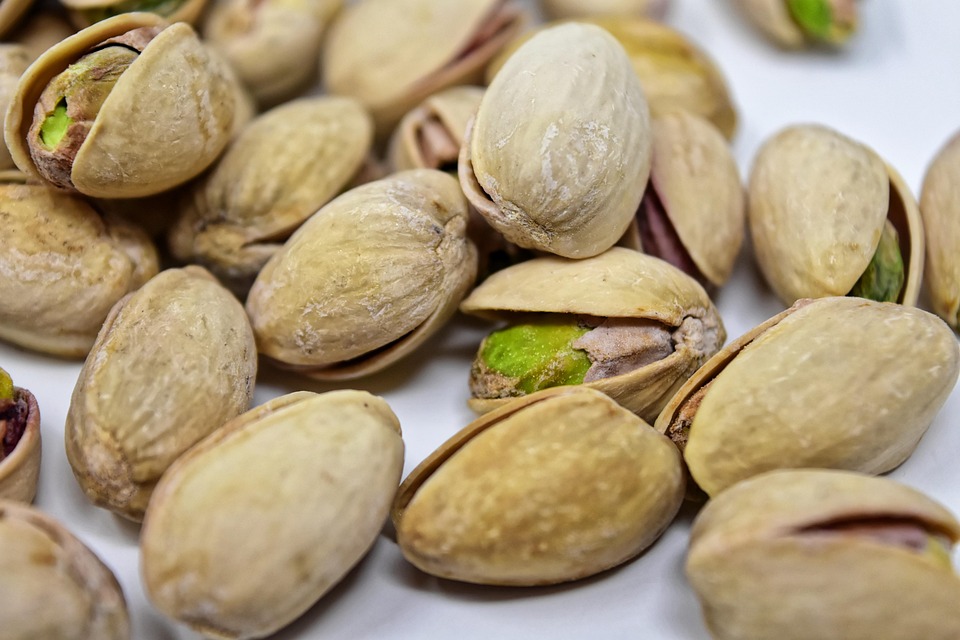Introduction
Pistachios are one of the most popular nuts globally, known for their unique flavor and health benefits. In recent years, the debate between organic and conventional pistachios has gained traction, with consumers becoming more conscious of their food choices. This report aims to compare the sustainability and profitability of organic versus conventional pistachio farming models.
Organic Pistachios
Definition and Practices
Organic pistachios are grown without the use of synthetic pesticides, fertilizers, or genetically modified organisms (GMOs). Instead, farmers rely on natural methods of pest control, crop rotation, and composting to maintain soil health and fertility.
Sustainability Benefits
Organic pistachio farming is often praised for its environmental sustainability. By avoiding synthetic chemicals, organic farmers help preserve biodiversity, protect water quality, and reduce their carbon footprint. Additionally, organic practices promote soil health and long-term sustainability by avoiding the depletion of natural resources.
Challenges and Costs
While organic pistachios offer numerous sustainability benefits, they also come with challenges and higher production costs. Organic farmers may face increased labor costs due to manual weed control and pest management. Additionally, organic certification and compliance can be costly and time-consuming.
Conventional Pistachios
Definition and Practices
Conventional pistachios are grown using synthetic pesticides, fertilizers, and other inputs to maximize yields and control pests. While conventional farming methods may achieve higher yields in the short term, they can have negative impacts on the environment and human health.
Sustainability Concerns
Conventional pistachio farming has raised concerns about environmental pollution, soil degradation, and water contamination. The heavy use of synthetic chemicals can have long-term consequences on ecosystems and biodiversity. Additionally, pesticide residues on conventional pistachios may pose risks to consumer health.
Cost-Effectiveness
Conventional pistachio farming is often seen as more cost-effective in the short term due to higher yields and lower labor costs. However, the hidden costs of environmental damage, soil depletion, and health impacts can outweigh these apparent financial benefits in the long run.
Comparison of Sustainability and Profitability
Environmental Impact
Organic pistachios are generally considered more sustainable than conventional pistachios due to their lower environmental impact. Organic farming practices promote soil health, biodiversity, and water conservation, leading to a more resilient and sustainable agricultural system.
Consumer Demand
Consumer demand for organic pistachios has been steadily increasing in recent years, driven by concerns about food safety, environmental sustainability, and personal health. As consumers become more conscious of their food choices, the demand for organic products is expected to continue to grow.
Financial Performance
While organic pistachios may have higher production costs, they can also command premium prices in the market. Organic certification and labeling can help differentiate organic products and capture a niche market segment willing to pay a premium for sustainably produced foods. In contrast, conventional pistachios may face price pressure due to oversupply and commoditization.
Industry Insights
Leading Companies
Several major players in the pistachio industry offer both organic and conventional products. Companies like Wonderful Pistachios, Setton Farms, and Horizon Nut Company have diversified their product offerings to meet consumer demand for both types of pistachios.
Market Trends
The pistachio market is experiencing steady growth, driven by increasing consumer awareness of the health benefits of pistachios. Organic pistachios are expected to capture a larger market share as consumers prioritize sustainable and healthy food choices. Industry players are investing in research and development to improve sustainability and quality in both organic and conventional pistachio production.
Conclusion
In conclusion, the debate between organic and conventional pistachios extends beyond just farming practices to encompass sustainability, profitability, and consumer demand. While organic pistachios offer clear environmental benefits and premium pricing opportunities, conventional pistachios may still dominate the market in the short term due to lower production costs. As consumer preferences shift towards sustainable and healthy foods, organic pistachios are poised to gain market share and drive industry innovation towards more sustainable farming practices. Ultimately, the choice between organic and conventional pistachios depends on a balance of economic, environmental, and social factors that each farmer and consumer must consider.

